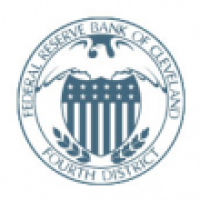Thank you, Ed, for the kind introduction and for the opportunity to speak.1 You and the organizers of this conference have put together an excellent program on a very important topic, central bank communication, which is key for effective transmission of monetary policy to the economy. To fulfill our dual mandate of promoting maximum employment and price stability, it is vital that we make good monetary policy decisions and that we communicate those decisions to the public effectively. Today, I’ll do three things. First, I’ll discuss the channels that the Federal Reserve currently relies on in its communications with the public. Second, I’ll offer a few historical examples of how economic thinking on monetary policy communication has evolved over time. Along the way, I’ll highlight how President Mester has contributed to this evolution. And, finally, I’ll share some thoughts on the communication challenges that policymakers face. post: FED’S JEFFERSON: DOES NOT COMMENT ON MONETARY POLICY AND ECONOMIC OUTLOOK. post: FED’S JEFFERSON: SOMETIMES FED COMMUNICATIONS CAN BE MISINTERPRETED. post: FED’S JEFFERSON: SOMETIMES ACTIVE FED SPEAKING CAN CREATE, AND NOT REDUCE UNCERTAINTY. post: MORE FED’S JEFFERSON/CLEVELAND FED: TO ACHIEVE DUAL MANDATES, NEED TO ‘FORMULATE GOOD POLICIES’ AND MAKE SURE THEY ARE ‘CLEARLY UNDERSTOOD’ #Mester #FederalReserve



